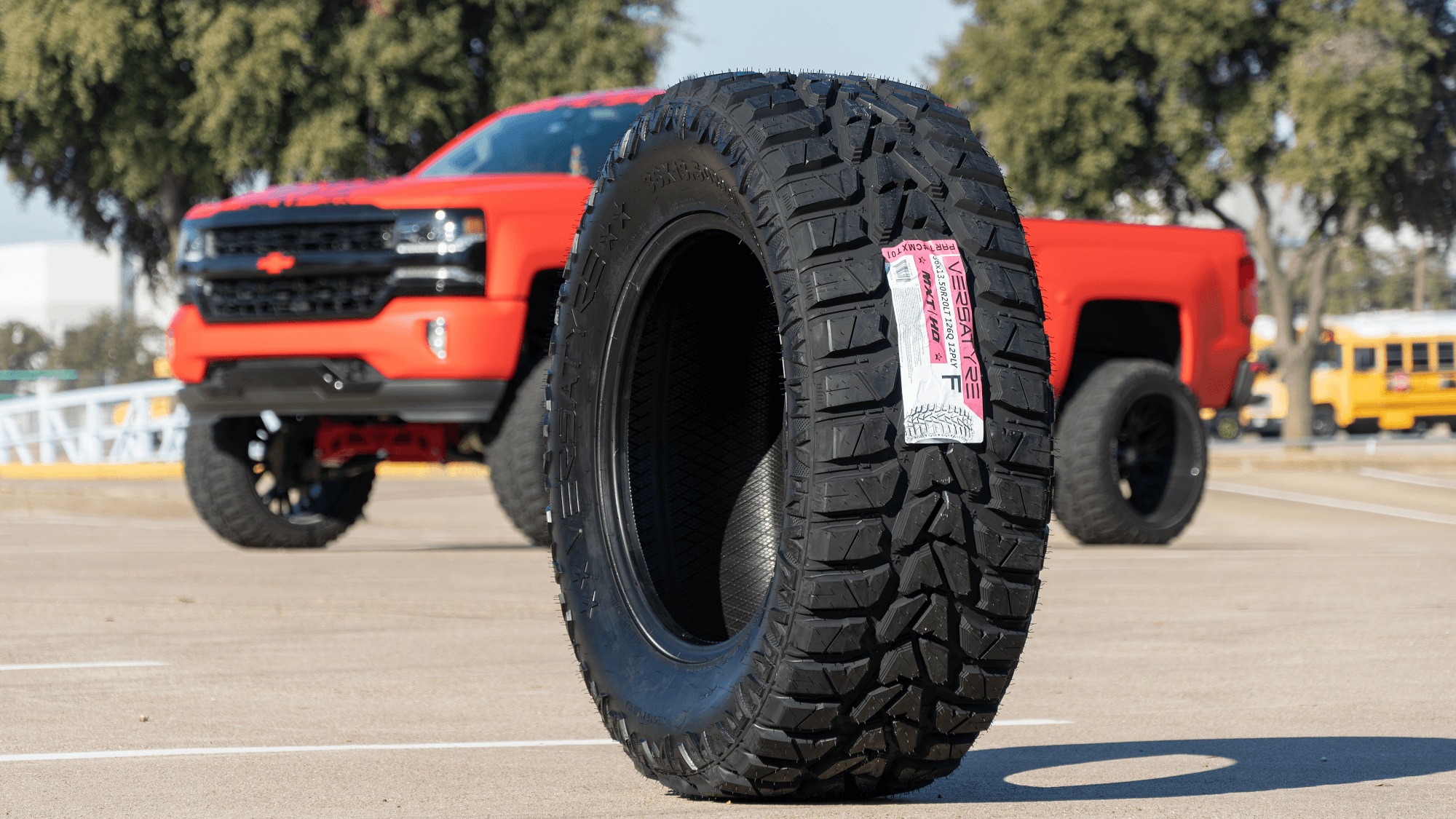
Tires are the only contact between the vehicle and the ground. This makes them one of the most important safety features of the car. A worn-out tire can lead to a car crash, and in most cases, the accidents resulting from this crash are fatal.
Annually in the United States, the National Highway Traffic Safety Administration reports that 200 fatalities are linked to crashes involving tires. Unfortunately, most people don’t even realize a tires’ important role in maneuvering their vehicles.
On the good side, it’s not hard to inspect your tires and conclude whether or not you need new tires. In this guide, we’ll share some tips people can follow to inspect their tires.
Tread depth refers to the vertical measurement from the top of the tire’s tread to the bottom of its deepest grooves. This pattern is specifically designed to help remove mud, water, snow, or any rocks from the grove as the vehicle moves. As a result, it aids in improved traction.
However, as tires wear down over time, their ability to effectively grip the road diminishes. Inadequate tread depth can lead to compromised handling, longer braking distances, and an increased likelihood of accidents, especially in adverse weather conditions.
One of the most precise methods for measuring tread depth is by using a tread depth gauge. This tool allows users to measure the remaining tread in millimeters or inches accurately. Regularly checking tread depth with a gauge helps drivers monitor tire wear and identify when it falls below recommended levels.
If the measurements fall below the given minimum tread depth (which varies by region), it signals the need for tire replacement. You can have a look at the minimum tread depth through the user’s manual of the tire brand.
Alternatively, you can use the penny test to inspect your tire. To carry out this process, take a penny and place Lincoln’s head in the groove of the tire. If you see the whole head peeking out of the groove, it’s time for a tire change.
Sometimes, your vehicle can get uneven tread wear across all 4 tires. This is indicated by a noisy or shaky ride. The causes for this are numerous including insufficient or excessive tire pressure, unaligned wheels, suspension issues, etc.
This issue is faced by almost all vehicles and tire types, but there’s a simple solution. If you want to avoid issues with uneven tread wear, simply rotate your tires every 5,000 to 7,500. It’s preferable to recheck the user’s manual for more specific details.
Sometimes, you have sudden impacts on your vehicle with potholes, curbs, or other road hazards. The tire hazards arising from these conditions are bulges or blisters. They appear on a tire’s sidewall and are caused by internal structural damage. The forceful impact compromises the tire’s inner layers, allowing air to penetrate and create a bulge. Overloading the vehicle, manufacturing defects, or aging can also contribute to bulges.
You can visually inspect the sidewalls for irregular bulges or protrusions. Alternatively, you can also feel the prostrations. Simply run your hand along the tire’s surface, feeling for any abnormal bumps. Additionally, if a tire looks misshapen or exhibits unusual swelling, it likely has a bulge or blister. It’s your signal requiring immediate attention to prevent potential safety hazards on the road.
In the end, all things have a lifespan. Tires have a specific life span too, given by the tire’s brand. Understanding this age is crucial for ensuring vehicle safety and optimal performance. Over time, even if tread depth appears sufficient, tires can degrade due to factors like exposure to sunlight, temperature fluctuations, and chemical reactions within the rubber compound.
Aging tires are more prone to failures such as blowouts, sidewall cracking, and loss of overall structural integrity. You can check for tire aging through the DOT code.
The Department of Transportation (DOT) code is imprinted on the tire sidewall and provides valuable information, including the manufacturing date. The last four digits of this code represent the week and year of production. For instance, “0319” indicates the tire was manufactured in the third week of 2019. Checking this code allows vehicle owners to gauge the age of their tires accurately and plan for timely replacements. Tire can typically last from 5 to 10 years. But then again, consult your tire’s brand for information regarding your specific tire.
[versatyre_faqs]
At the bottom line, tires are a crucial part of safe driving. Any damage to the tires and there are increased risks for accidents. Thus, drivers should take good care of their vehicle’s tires and know when to replace them.
The above-mentioned signs will help you know when you should buy new tires. Happy driving!